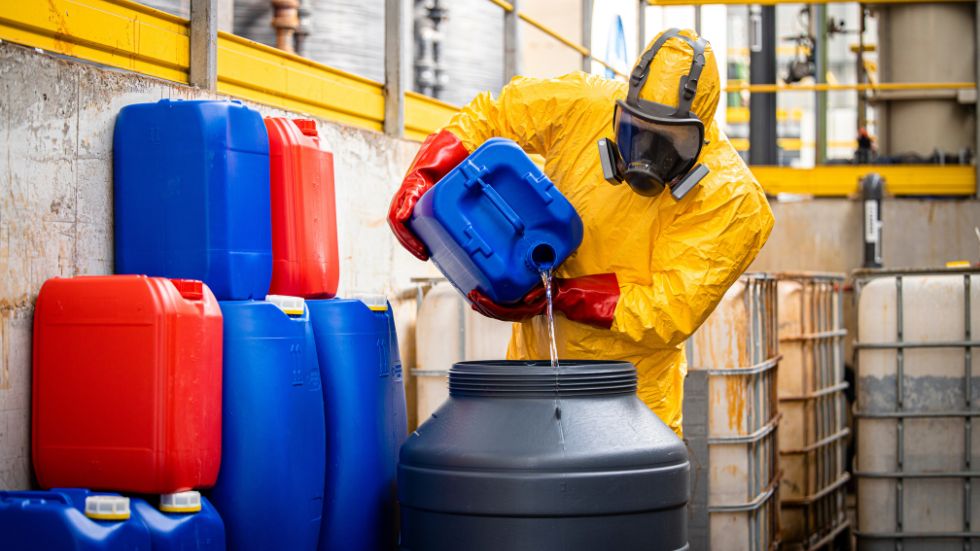Being eco-conscious and financially savvy with solvent recycling is a strategic move. Many businesses overlook the benefits of this practice, only considering the upfront equipment costs without recognizing the significant return on investment (ROI). Let’s review calculation methods to help determine your solvent recycling ROI for a clearer view of its benefits.
Simple Payback Period
This method offers a straightforward view by dividing the cost of your solvent recycling equipment by the estimated annual savings from reducing solvent purchases. It answers the nagging question, “How long until my investment pays itself off?” To get a clear picture, total the reduced solvent purchase costs per year and gauge it against the upfront equipment expenses.
For example, if your equipment costs $30,000 and you save $10,000 per year on solvent purchases, your payback period would be three years. It’s straightforward and quickly tells you how long until you’re in the green.
Net Present Value (NPV)
Taking a step further into financial analysis, the net present value (NPV) considers the money’s time value. It evaluates the investment’s profitability by examining the initial cost, continuous operational expenses, and anticipated future cash flows from solvent savings. This method requires some number-crunching, financial software, or a savvy accountant to ensure accuracy.
Internal Rate of Return (IRR)
The internal rate of return (IRR) is your best bet for those interested in the investment’s yield. It calculates the expected annual return based on the NPV of future cash flows. When comparing several investment opportunities, IRR provides a specific percentage rate return for each, which can be especially helpful.
Simplified Approach to Calculating ROI
A smart tip for determining your solvent recycling ROI is to quantify your current solvent expenses and waste disposal. This will provide a baseline for comparison. Then, calculate your potential savings on solvent purchases by evaluating the recycling system’s efficiency.
If your annual solvent expenses are high and the system recovers a significant portion of used solvents, the savings from reduced new solvent purchases could justify the investment on their own. Additionally, calculate the potential reduction in waste disposal costs, which can be another major area of savings.
Wrap-Up
Investing in green technologies, like a 30-gallon solvent recycler, is more than a wise financial decision. It’s also a commitment to sustainability that positions your business as leaders in environmental stewardship. Enjoy the dual benefits of cost savings and enhanced reputation, paving the way for a more sustainable and profitable future.

